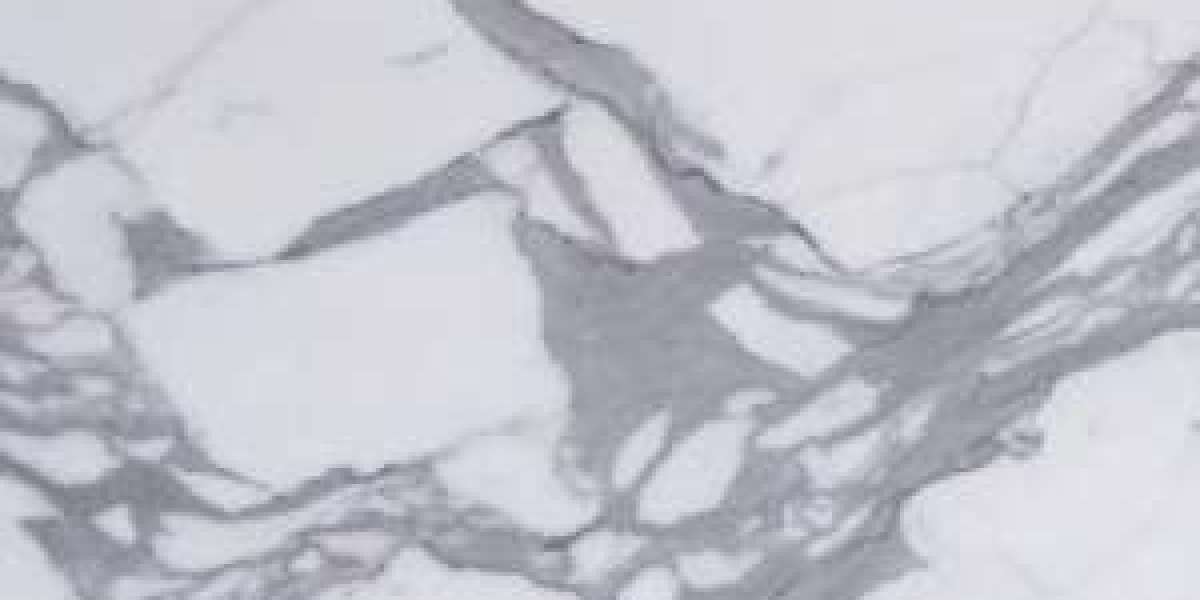Granite stone is a highly durable and versatile material that has long been favored for its aesthetic beauty and functional qualities. Whether used in kitchen countertops, bathroom vanities, flooring, or exterior facades, granite offers a timeless appeal that elevates any space. However, like all natural stones, granite requires proper care and maintenance to ensure it retains its beauty and performance over the years. In this article, we will provide essential tips for caring for granite stone, helping you maintain its shine, prevent damage, and ensure its longevity.
Why Granite is a Popular Choice
Granite is a natural igneous rock formed from cooled magma, giving it impressive strength and resilience. It is highly resistant to scratches, heat, and moisture, making it ideal for high-traffic areas and surfaces exposed to daily wear and tear. Additionally, granite is available in a wide range of colors, patterns, and finishes, offering endless design possibilities for both modern and traditional interiors.
Despite its natural durability, granite still requires regular care to keep it looking its best. With the right maintenance routine, granite can last for decades, offering a stunning and functional feature in your home or commercial space.
1. Sealing Granite to Protect Against Stains
Granite is a porous material, meaning it can absorb liquids if not properly sealed. This can lead to stains or discoloration, particularly from acidic substances such as wine, coffee, and oils. Sealing granite creates a protective barrier that helps prevent liquids from penetrating the surface.
How to Seal Granite:
- Use a high-quality stone sealer specifically designed for granite surfaces.
- Clean the granite surface thoroughly before applying the sealer, making sure it is free of dust, dirt, and moisture.
- Apply the sealer in even strokes using a soft cloth or applicator, ensuring full coverage.
- Let the sealer sit for the recommended time, then wipe away any excess.
- Allow the sealer to dry completely before using the surface.
- Depending on usage, granite countertops should be resealed every 1 to 3 years.
It’s important to note that granite can vary in porosity, and some types of granite may require sealing more frequently than others. Perform a simple "water test" to check if your granite needs resealing: Place a few drops of water on the surface. If the water absorbs into the stone within 15 minutes, it’s time to reseal.
2. Regular Cleaning for Granite Surfaces
Regular cleaning is key to maintaining the appearance of granite. Although granite is durable, its polished surface can accumulate dirt, grease, and oils over time, which may dull its appearance.
How to Clean Granite:
- Daily Cleaning: Use a soft cloth or microfiber towel to wipe down your granite surfaces. For routine cleaning, a solution of mild dish soap and warm water works well. Avoid harsh chemicals, as they can damage the stone or its sealant.
- Tackling Spills: Clean up spills immediately to avoid staining. Use a damp cloth to wipe the area, then dry with a clean towel.
- For Stubborn Dirt: If you encounter more stubborn dirt or grime, use a pH-neutral stone cleaner specifically formulated for granite. These cleaners are gentle and effective without compromising the surface.
Avoid Using:
- Harsh Chemicals: Avoid using acidic cleaners, vinegar, lemon, or ammonia-based products, as they can break down the protective seal and cause etching on the stone.
- Scouring Pads: Do not use abrasive sponges or steel wool on granite surfaces, as they can scratch and damage the finish.
3. Preventing Scratches and Damage
Granite is incredibly hard and resistant to scratches, but it’s not entirely impervious to damage. Preventing scratches is essential, particularly on kitchen countertops or bathroom vanities, which are often used for chopping, cutting, and food prep.
How to Prevent Scratches:
- Use Cutting Boards: Always use a cutting board when chopping food. While granite is scratch-resistant, knives can dull quickly on the stone surface.
- Place Hot Items on Trivets: Although granite is heat-resistant, placing hot pots or pans directly on the stone can cause thermal shock, potentially leading to cracks or discoloration. Always use trivets or hot pads to protect the surface.
- Use Coasters for Drinks: To prevent water rings and potential stains, use coasters for glasses, cups, and bottles, particularly those that contain acidic drinks like coffee or juice.
4. Polishing Granite to Restore Shine
Granite’s natural shine is one of its most attractive features, but over time, the surface may begin to lose its luster due to everyday use. Regular polishing can help maintain the stone’s glossy finish.
How to Polish Granite:
- Stone Polish: Use a granite-specific stone polish to restore the stone’s shine. Follow the instructions on the polish, applying it in a circular motion with a soft cloth.
- Buffing: After applying the polish, buff the surface with a clean microfiber cloth to bring out the shine and enhance the stone’s color.
Be sure not to over-polish the granite, as excessive polishing can lead to a buildup of product on the surface, which could dull the appearance. If in doubt, it’s best to polish only when the surface starts to appear less glossy.
5. Avoiding Common Mistakes That Can Damage Granite
Although granite is a durable material, there are a few common mistakes that can lead to damage over time. Being mindful of these can help protect your stone surfaces:
- Ignoring Spills: Allowing liquids, especially acidic substances like vinegar, lemon juice, or wine, to sit on the surface for long periods can damage the stone. Always wipe up spills promptly to prevent staining.
- Using Inappropriate Cleaners: As mentioned earlier, using acidic or abrasive cleaners can harm the stone and its sealant. Stick to a mild, pH-neutral cleaner for daily maintenance.
- Neglecting Resealing: Granite surfaces that aren’t resealed regularly may be more prone to staining. Always check if your granite needs resealing and do so as needed.
6. Maintaining Granite Outdoors
Granite is also popular for outdoor applications, such as patios, outdoor kitchens, and pool surrounds. While granite is weather-resistant, outdoor elements like rain, snow, and UV rays can gradually affect its appearance.
How to Care for Outdoor Granite:
- Clean the surface regularly to prevent dirt and grime buildup.
- Use a sealant specifically designed for outdoor use, as this will provide added protection from the elements.
- If your granite is exposed to harsh weather conditions, consider covering it during extreme weather to prevent staining or fading from UV exposure.
7. Professional Care for Granite
While most of the maintenance tasks for granite can be done by homeowners, professional care may be required for more extensive issues such as deep stains, cracks, or chips. If you encounter significant damage, it’s a good idea to consult a stone restoration professional who can repair and restore the surface to its original condition.
Conclusion
Granite stone is a durable, beautiful material that adds luxury and functionality to any space. Proper care and maintenance are essential to preserve its beauty and ensure its longevity. By regularly sealing the surface, cleaning with mild products, and taking steps to prevent scratches and stains, you can keep your granite surfaces looking as stunning as the day they were installed. With the right approach, granite can continue to shine for years, making it a wise investment for any home or business.






